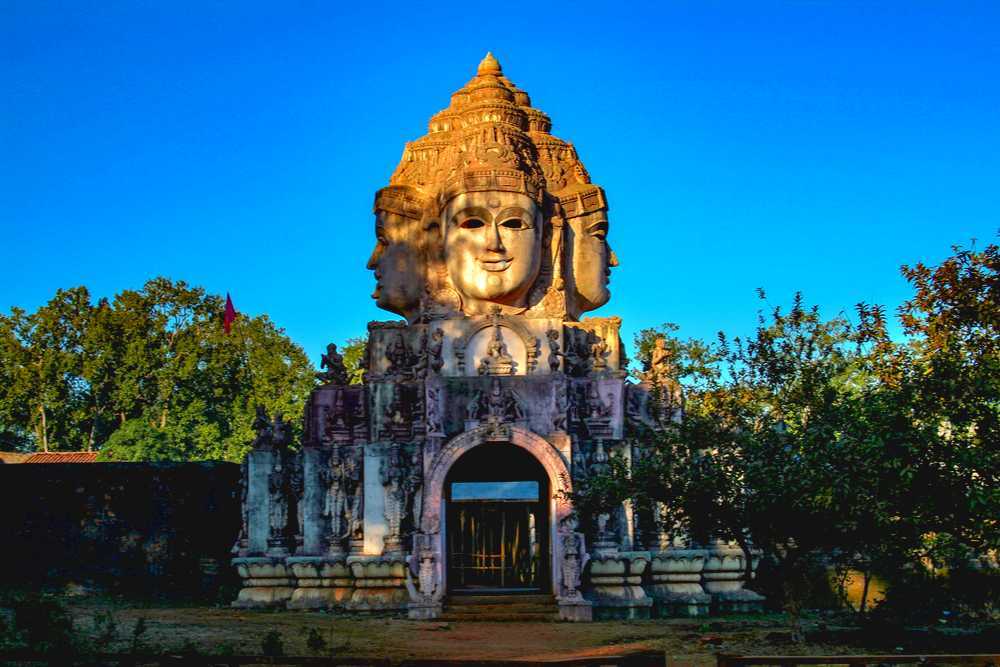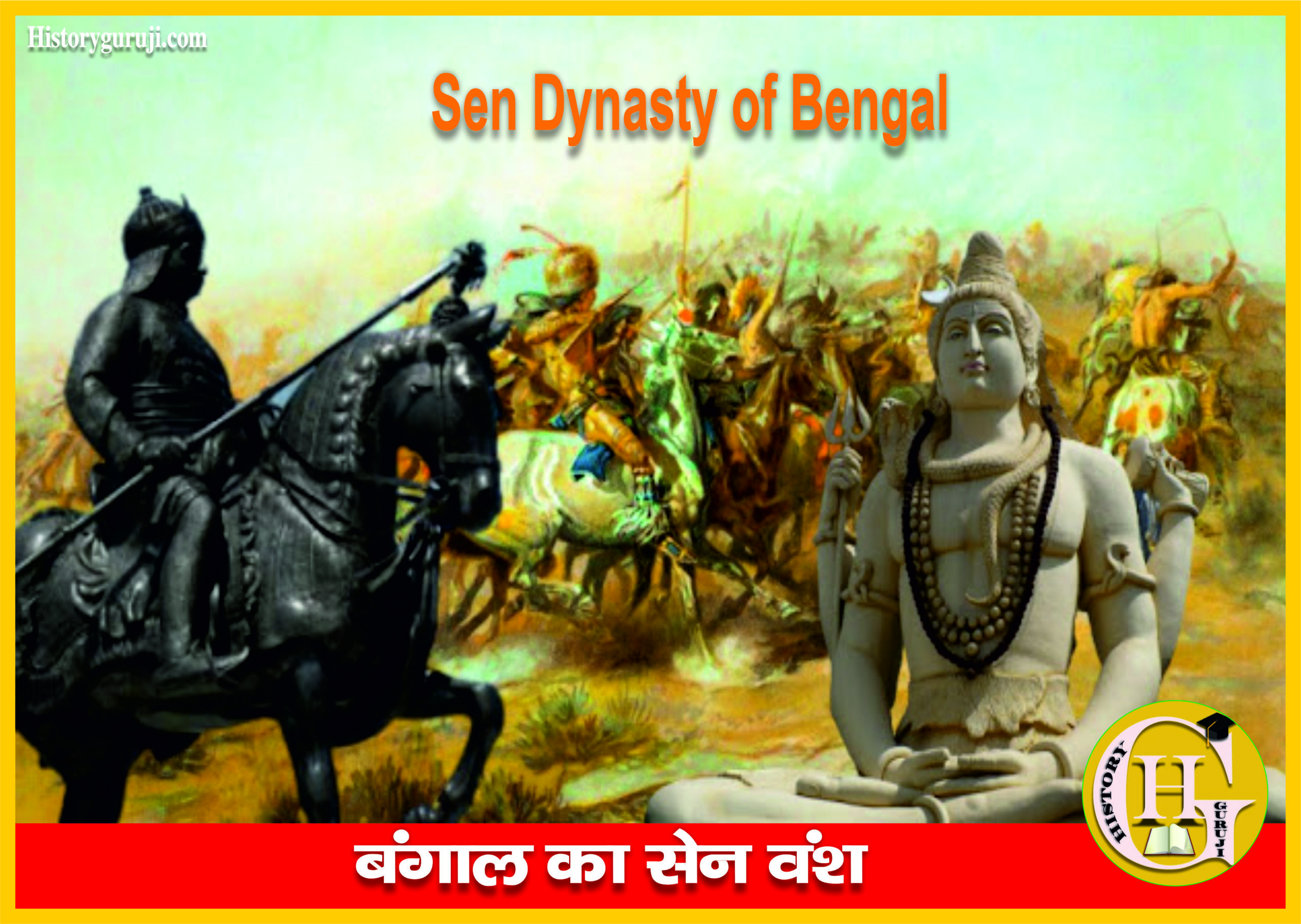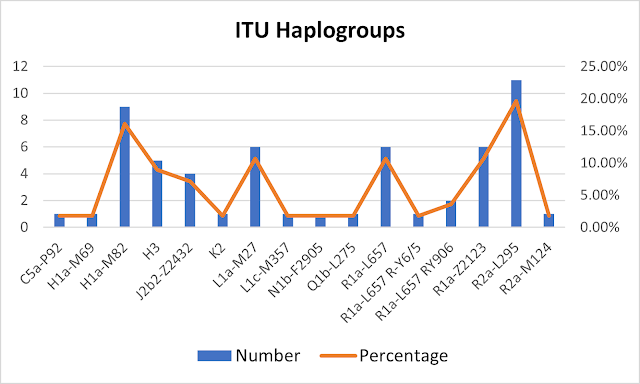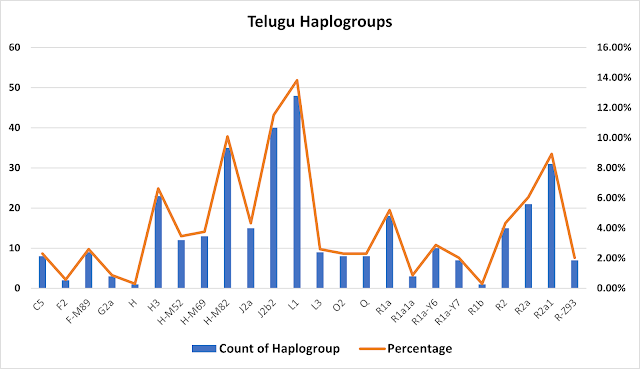Chola
The Cholas were an ancient political power, mentioned in the Asokan epigraphs and the Sangam literature. Karikalachola was the earliest well-known ruler of the earliest Chola line.
Urayur was their capital. Once again, the later Cholas again rose to the imperial position during the period AD 850 to 1200 after they successfully conquered from one of their vassal states in Andhra Pradesh.
The probable Haplogroup is within H-M3038/H-M5882 due to heavy presence among Vellalars who were primarily the Chola nobility. This haplgroup is also present among some Brahmins, in Bangaldesh, in Koli tribals in UP, among some Yadavs in UP, among Kunbi or Koli Marathas too. So it was probably a widely spread Koli people haplogroup from which Cholas would have emerged as a Kingdom in later IA. Even in Gujarat there are many Koli zamindaris and in Maharasthra the Kolis have merged into the mainstream Kunbi & Marathas.
The Later Cholas who repopulated TN from South Andhra Pradesh probably also had some J2b2 branch of J-Z2432 which was widely spread in Andhra Pradesh (5% population) by then. This branch shows up among many Vellalars due to genetic founder effect from the time of Later Cholas.
Haihaya and Chandel
The central Indian dynasties of Kalachuri Haihayas and Chandel might be of same stock. Haihayas are mentioned in Puranas as one of the oldest dating to Ramayana times.
The presence of H-Z5890 among some of these groups and R2a from later IA mixing might indicate, the Haplogroups might be H-Z5890, R1a (co-occurring) and R2a (later IA input). The heavy presence of H-Z5890 among Kannada/Telugus fighting castes possible Haihaya input and among seafaring classes in Srilanka and coastal TN and Bangladesh might indicate early trade routes. The high presence among foreign groups in Arabia, Israel, Thailand, Turkey might indicate successful ancient seafaring activity.
"The Puranas refer to Arjuna of the Haihaya tribe as Sahasrabahu or the “thousand armed,” from which we may infer that what is meant was perhaps his fleet of a thousand ships. The Bhrigus, who formed a tribe contemporaneous with the Haihayas, are claimed to have been sea-farers of repute who had maritime intercourse with the Western world. The Atris, another contemporary clan credited with the knowledge of shipbuilding, are said to have built Sahasrabāhu’s fleet of thousand ships, or perhaps a ship with thousand oars. The Mārkandeya Purāna refers to seagoing vessels and the Varāha Purāna speaks of people sailing out to sea for getting pearls and oysters. In the epics, too, we have numerous passages which allude to the knowledge of countries overseas. In the Rāmāyaņa, one finds ślokas which mention several countries abroad, taken to be references to places such as China, Java and Sumatra"
The later dynasties such as Kachhwaha which originated during this time from the remains of the Haihaya and the Chandel dynasties has R1a-Z93 as reported Haplogroup. This R1a-Z92 is a widely distributed haplogroup since IA and found in many castes. Testing more people should show more clades of R2a and H-M82.
Chedi
Probably similar composition of Haihayas and Chandels
Karnata dynasties of Nepal and Bengal
The Karnata dynasties of Nepal and Sena dynasty of Bengal might have had H-M5889 H-M5890 and R1a due to presence of these among the Senguptas and groups in Karnataka.
Agrasen
Maharaja Agrasen was a Suryavanshi King (of the solar lineage), who ruled during the Dwapar Yuga, which according to the current times would be approximately more than 5000 years ago. He was the first born of King Ballabha of Pratapnagar and was supposed to have been married to Princess Madhavi who was a Nagvanshi (the Naaga clan). He later divided his kingdom amongst his 18 children, and named the 18 gotra’s after the gurus of each of his sons. Some of these are Mittal, Bansal, Goyal, Jindal, Tayal, Bindal, amongst others. Finally the most important aspect of this legendary king is that the present day Agarwal community traces their origins from Agrasen. In Delhi, one can see Agrasen ki Baoli, which is supposed to have been built during the Mahabharat epic times and later rebuilt by the Agrawal community in memory of their ancestor, Maharaja Agrasen.
The Agrawal group are mostly H-M4417, H-M2853, H-M2914, J-L26 and R1a.
Rashtrakuta
Under Cyrus the Great, the founder of the vast Achaemenid Empire, the Persians conquered parts of the northern Indian subcontinent, roughly corresponding to modern-day Pakistan. The nearby ancient tribes were also conquered and used in their army. The early Rattas probably came into India as such army groups. Some olden areas in Persia prior to conquered by Persians were called Aratta. The groups with Haplogroups such G2a2b2 and J2a branches probably formed early Rattas but later added R2a groups during part of Persian army and when the Persians lost to Greeks there would have been some addition of H1a and R1a too.
figure: Captured Indian soldiers during the time of Artaxerxes II at Persopolis relief (by Bruce Allardice)
Chalukya
Similar to Rashtrakutas these were the R2* R2a groups that were captured by Persians and used as army against Indians but later during Magadh empire these people became part of Indian frontier forces. The R2 and R2a branches have many IA and historical (Buddhist) period samples from frontier areas in Swat valley. These spread into Andhra and Karnataka along with the conquest of Magadh forces later forming the Chalukyan dynasty
R2 branch
R2a branch





























.png)







.png)